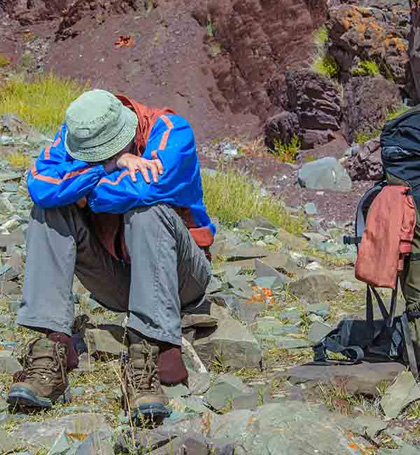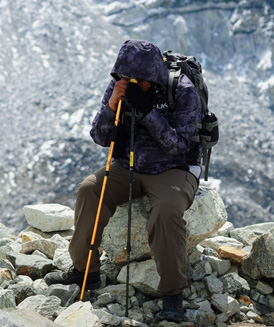Recent Posts
Contact Us
5807 W 63rd St, Chicago, IL 60638, United States



Though, scale Mount Kilimanjaro is a dream for many adventurers, the thrill of reaching new heights comes with a potential challenge: altitude sickness.
As you ascend the majestic slopes of Kilimanjaro, it's essential to be equipped with knowledge about altitude sickness and how to combat its effects. Don't let this unwelcome guest dampen your expedition –read on to discover everything you need to know about Kilimanjaro Altitude Sickness!
Altitude sickness refers to a range of symptoms that can occur when individuals ascend to high altitudes too quickly.
It typically occurs at altitudes above 8,000 feet (2,400 meters). At these heights, the air becomes thinner, causing the body to struggle with acclimatizing to the reduced oxygen levels.
Mild altitude sickness, often referred to as Acute Mountain Sickness (AMS), can be managed through several measures.
If symptoms persist or worsen, descending to a lower altitude is necessary.
While altitude sickness cannot be completely avoided, there are steps climbers can take to minimize the risk.
Altitude sickness is a genuine concern when Climbing Kilimanjaro. With proper understanding, preparation, and adherence to safety guidelines, you can minimize the risks of Kilimanjaro Altitude Sickness and maximize your chances of a successful summit.
Copyright 2024 Joining Tours. All Rights Reserved. | Designed By Safari Marketing Pro